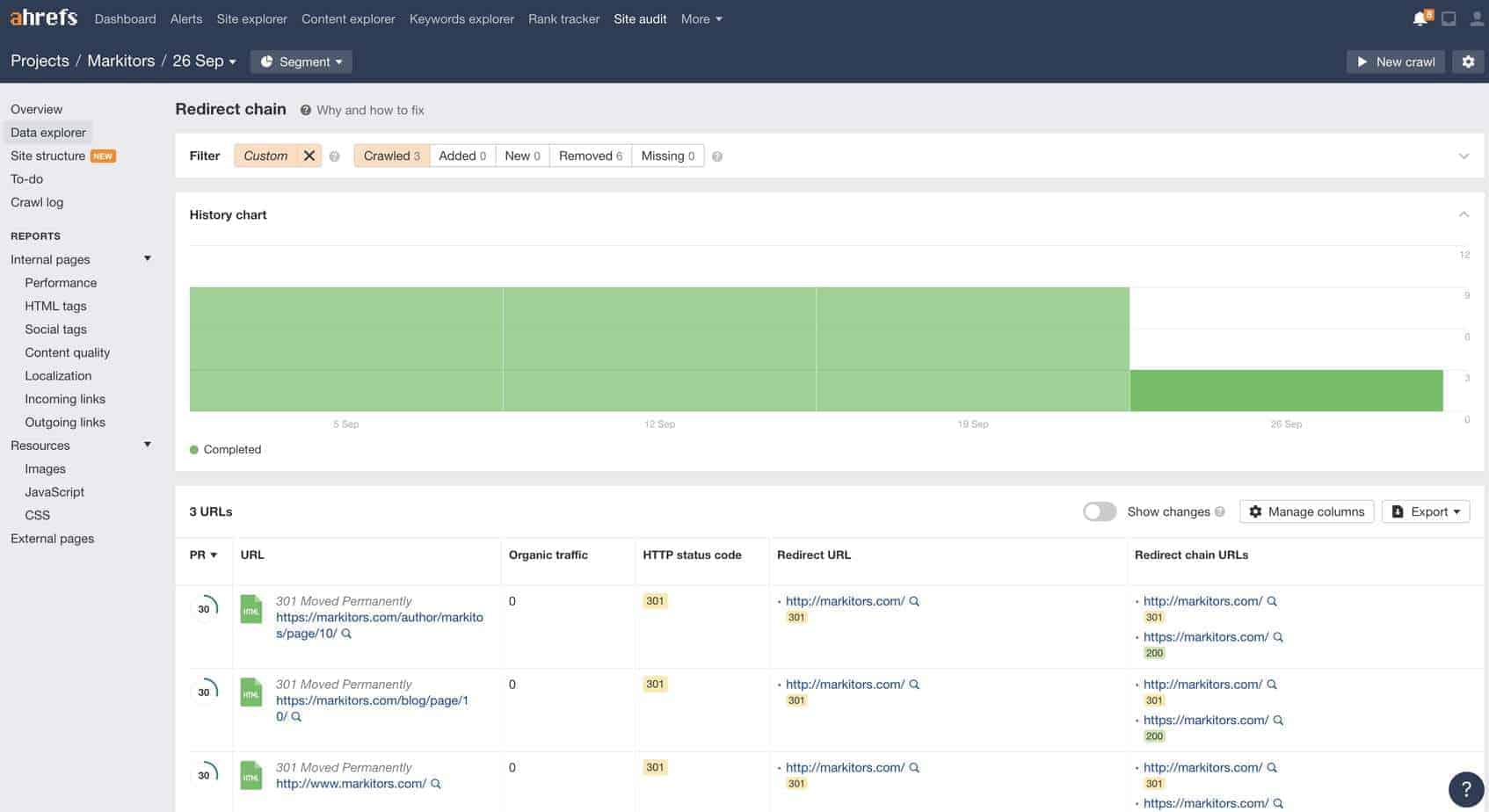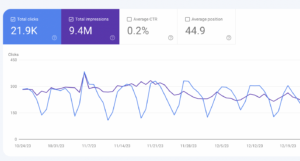Too Many Redirects? Here’s the Fix
No doubt that redirects are useful. Who wants to end up on a 404 page after clicking a link they thought was interesting? Beyond user experience, redirects play a part in SEO purposes.
Redirects forward both visitors and crawlers to another page. This is great for redirecting HTTP URLs to the HTTPS version once you get an SSL certificate for your site. Another great application is for redirecting a deleted page’s URL to another.
Although redirects are good, implementing them poorly can affect your website negatively. You don’t want to hinder your SEO efforts from something that can be easily fixed and properly implemented with the right knowledge.
What is a redirect?
A redirect is when the URL that the user requests is forwarded to a different destination URL. They can be implemented for various reasons.
There are also different kinds of redirects.
The most common one is the 301 “Moved Permanently” redirect where the requested URL goes to a different URL. This kind of redirect also transfers link equity among important signals like PageRank.
This kind of redirect is permanent for the page you are redirecting. Otherwise, it’s best to use a temporary redirect.
Another one is the 302 “Found” status code. This request means that the page was found but in a different location meaning it was moved but only temporarily.
Ultimately, it’s signaling that the page will come back. Furthermore, these redirects don’t forward PageRank.
Whenever you change a page’s URL, you need to implement a redirect to avoid 404 errors. Otherwise, lacking in necessary redirects negatively affects user experience and your site’s SEO.
On the other hand, you can have too many redirects. These show in the form of redirect chains.
Redirect chains can happen then you implement a 301 redirect from Page A to Page B, but later in the future create a redirect from Page B to Page C.
Page A redirects twice because of this.

Another possible redirect chain is when an HTTP URL redirects to its HTTPS URL, www URL redirects to a non-www URL, and/or URL without a trailing slash (“/”) redirects to a URL with a trailing slash. It can be a combination of these three URL features.
An example of how this can happen is if you change your URL from a www version to a naked URL, without www. That’s one redirection.
Then, you decide to get an SSL certificate for your site and need to migrate to HTTPS. So now your url redirects from an HTTP naked URL to an HTTPS naked URL.

Then there’s redirection after a domain change. It gets pretty confusing.
To see if your website has redirect chains, run it through a program like Screaming Frog or Ahrefs Site Audit Tool.
At Markitors, we use Ahrefs which checks for redirect chains among other website issues.
Impact on SEO
Redirect chains are harmful to your website for several reasons. It impacts site speed because of the extra steps to get to the final page in the chain.
Redirect chains also make it hard for bots to crawl your site. This is because it takes some time to get to the final URL and because crawlers have limited resources and will abandon your redirect chain eventually.
When it comes to PageRank however, redirects don’t lose them according to Gary Illyes, a Google webmaster trends analyst.
So don’t fret about implementing 30x redirects as long as you don’t create a chain or loop.
30x redirects don’t lose PageRank anymore.
— Gary “鯨理” Illyes (@methode) July 26, 2016
How do we fix it?
One way to fix a redirect chain is to delete the redirect from Page A to Page B. Then, we can add a redirect from Page A to Page C, so that both Page A and Page B point to Page C.

Overall, it’s about being mindful of previous redirections when you’re trying to add new ones.
In conclusion, be careful when it comes to redirects. Redirect chains impact your website negatively, but the fix is easy. Now go forth and fix any redirect issues on your website.








